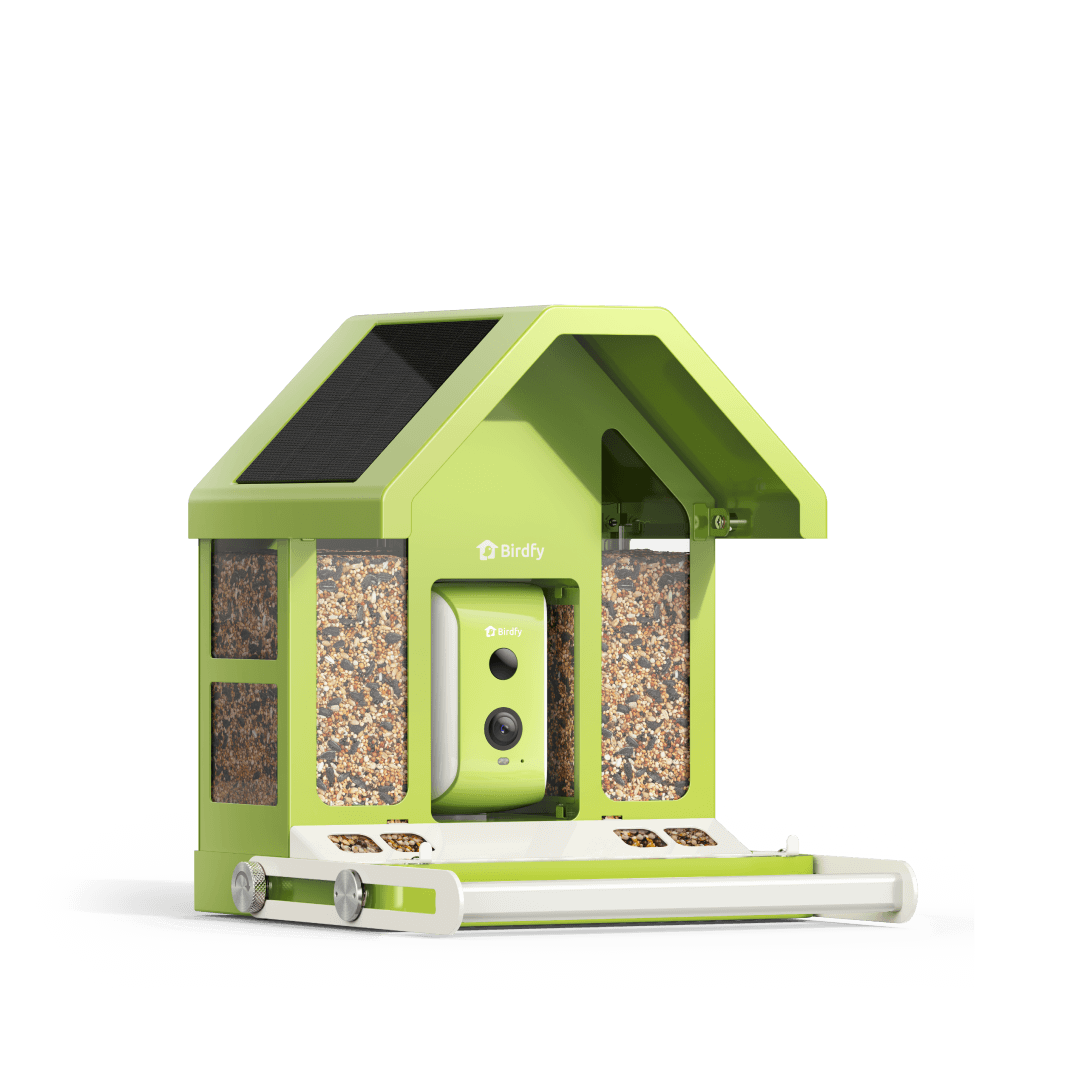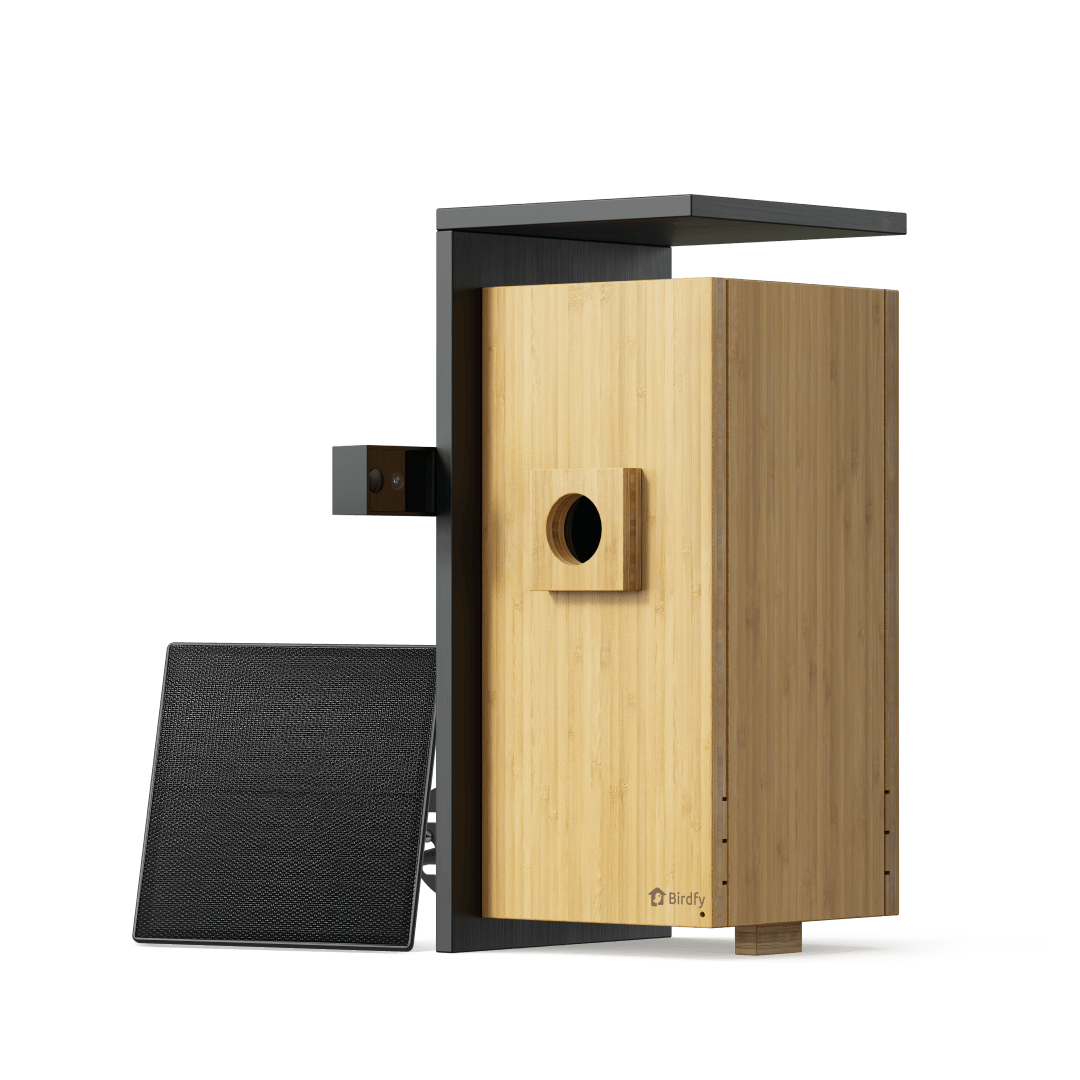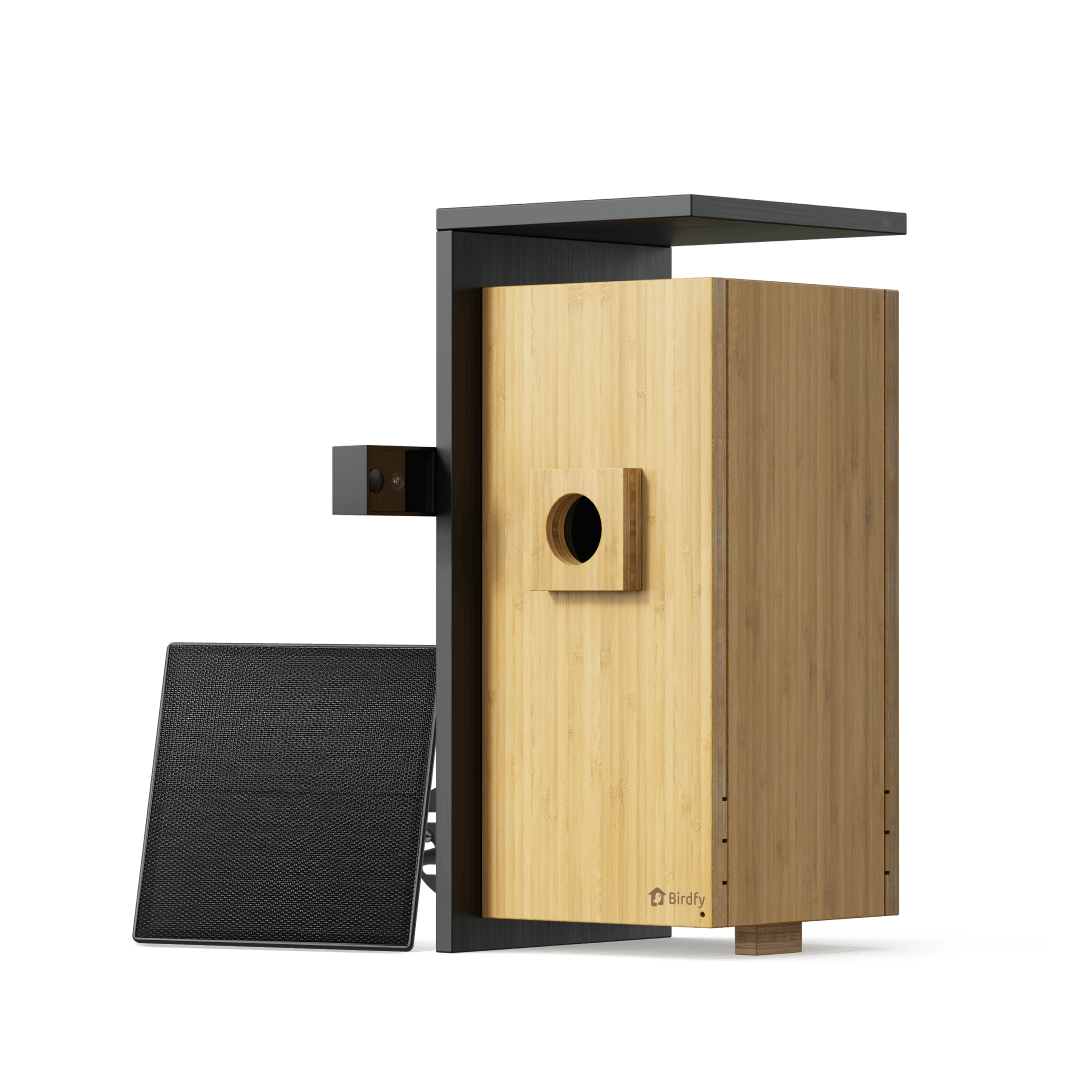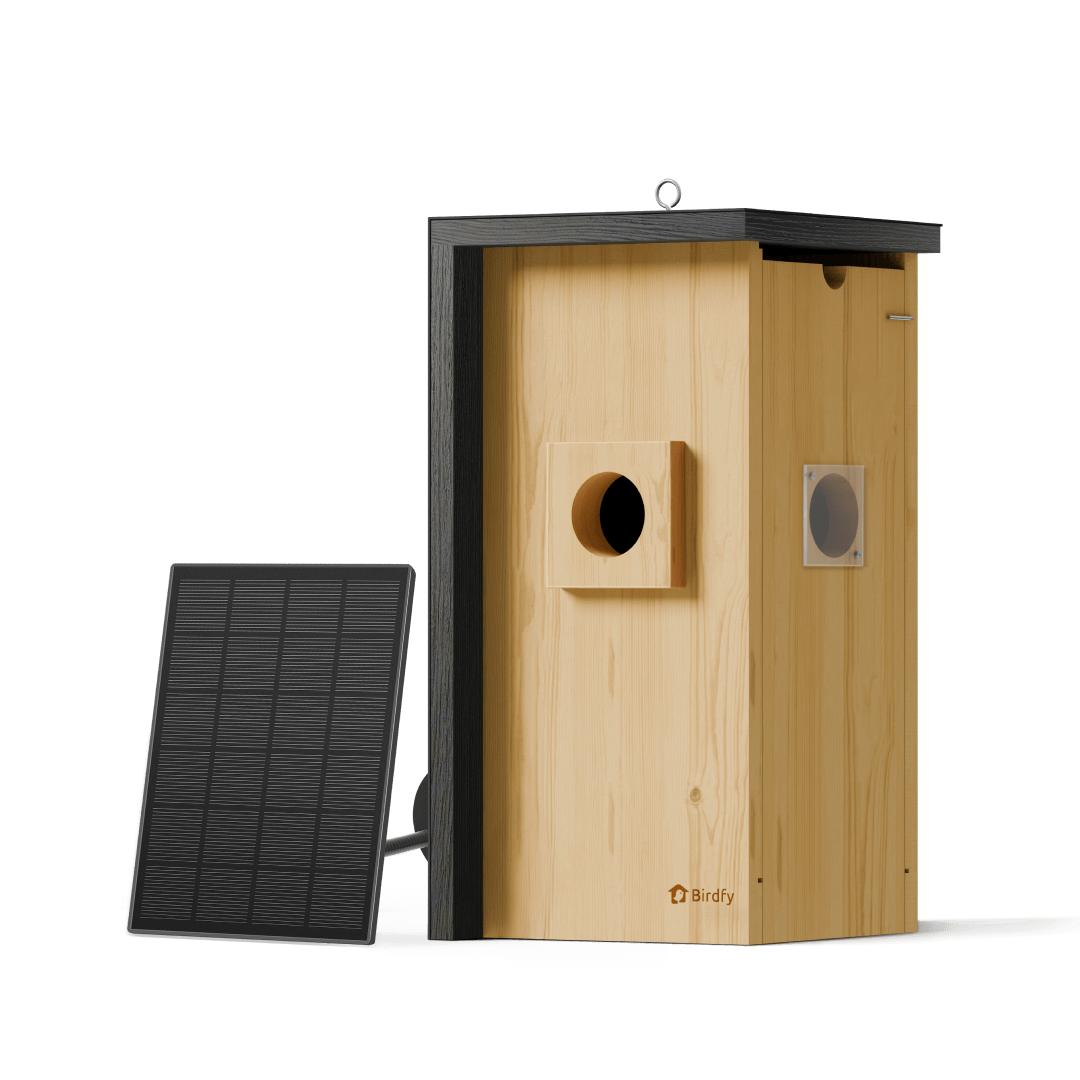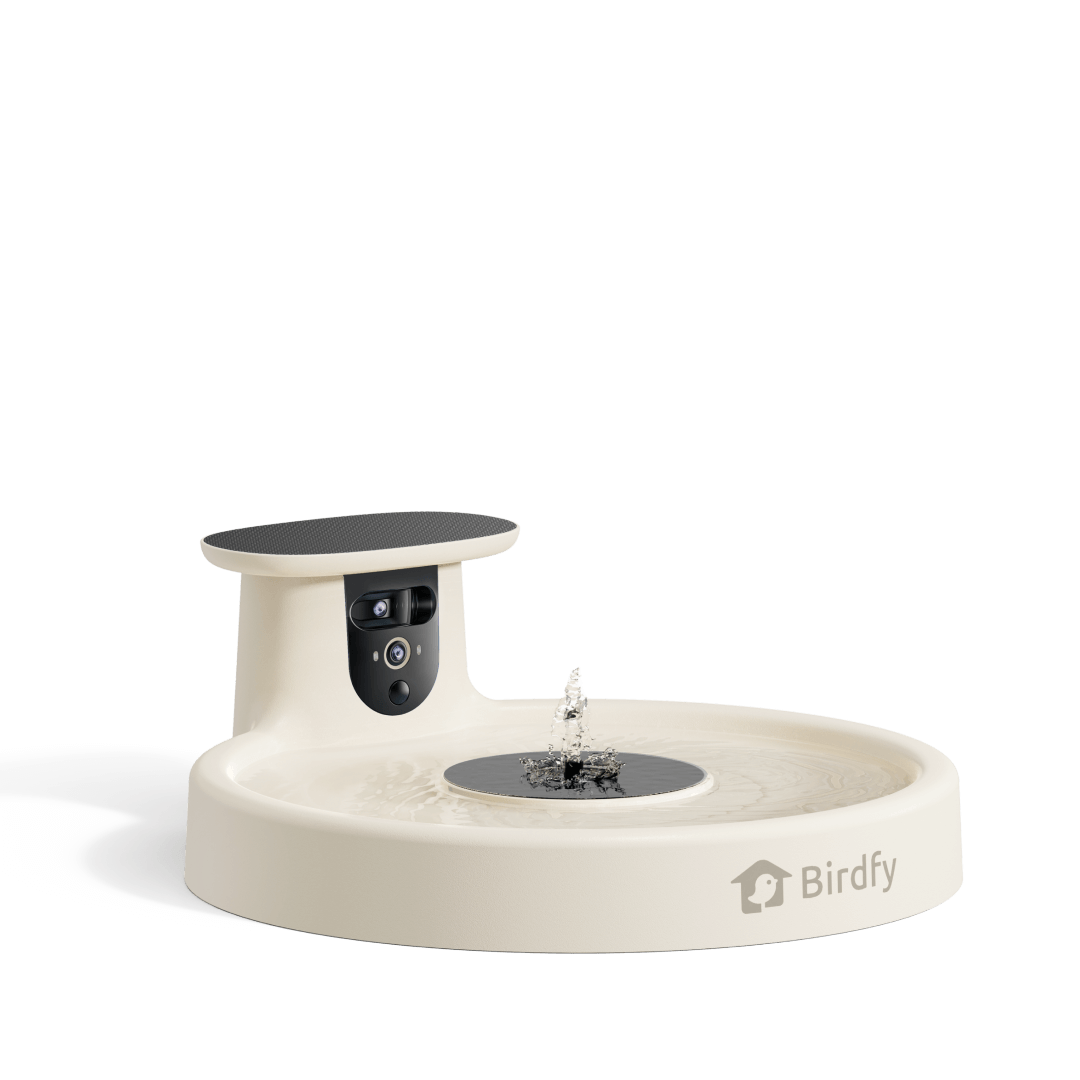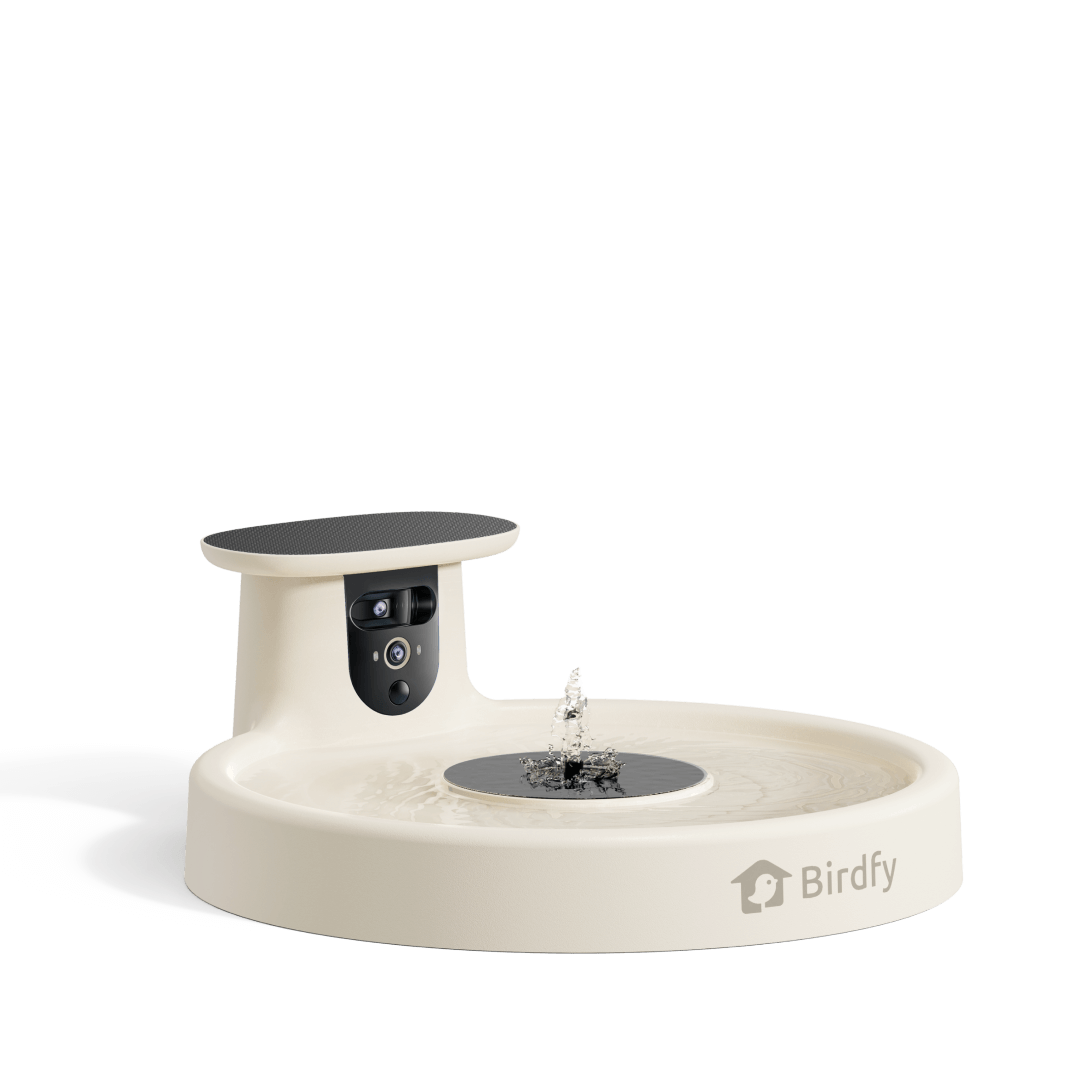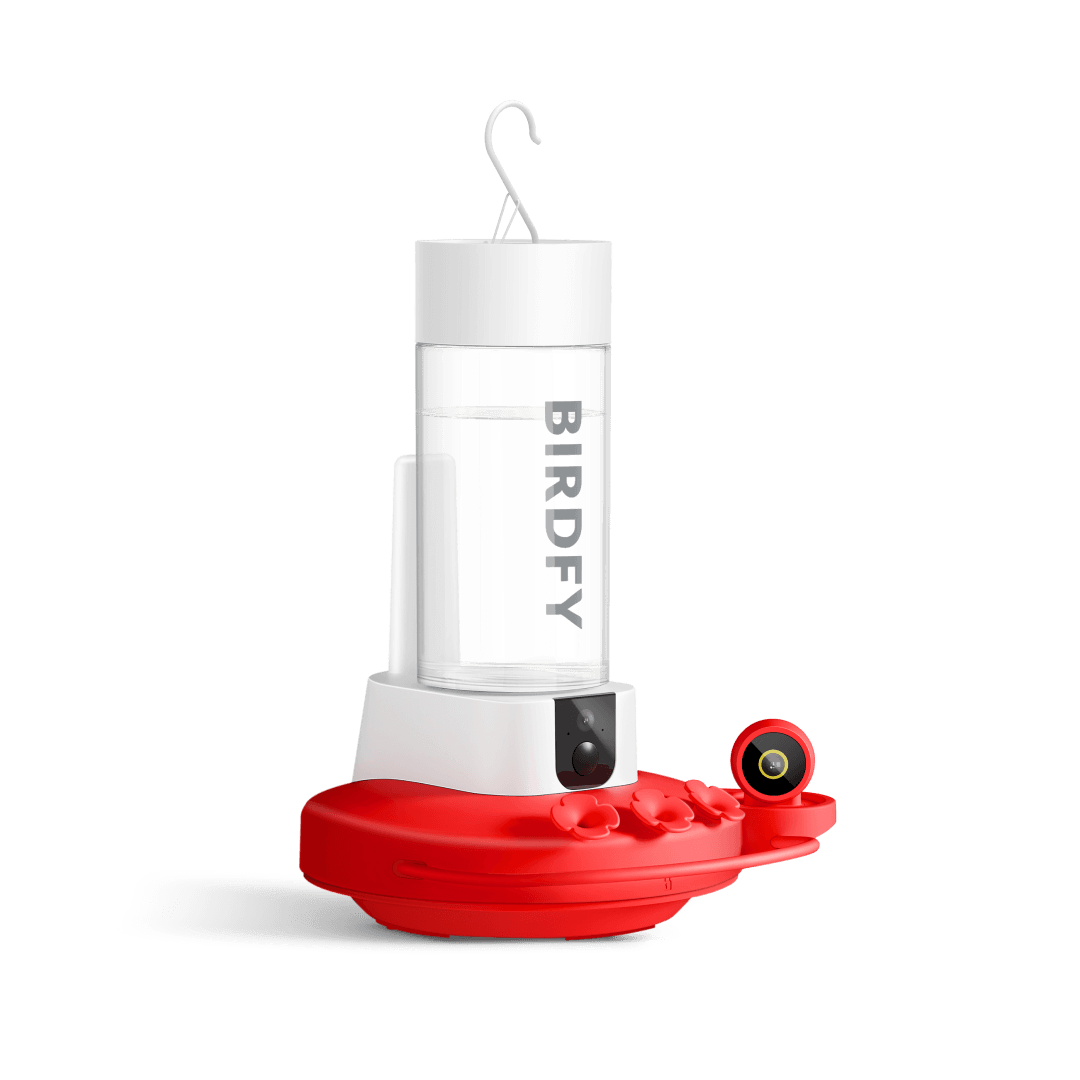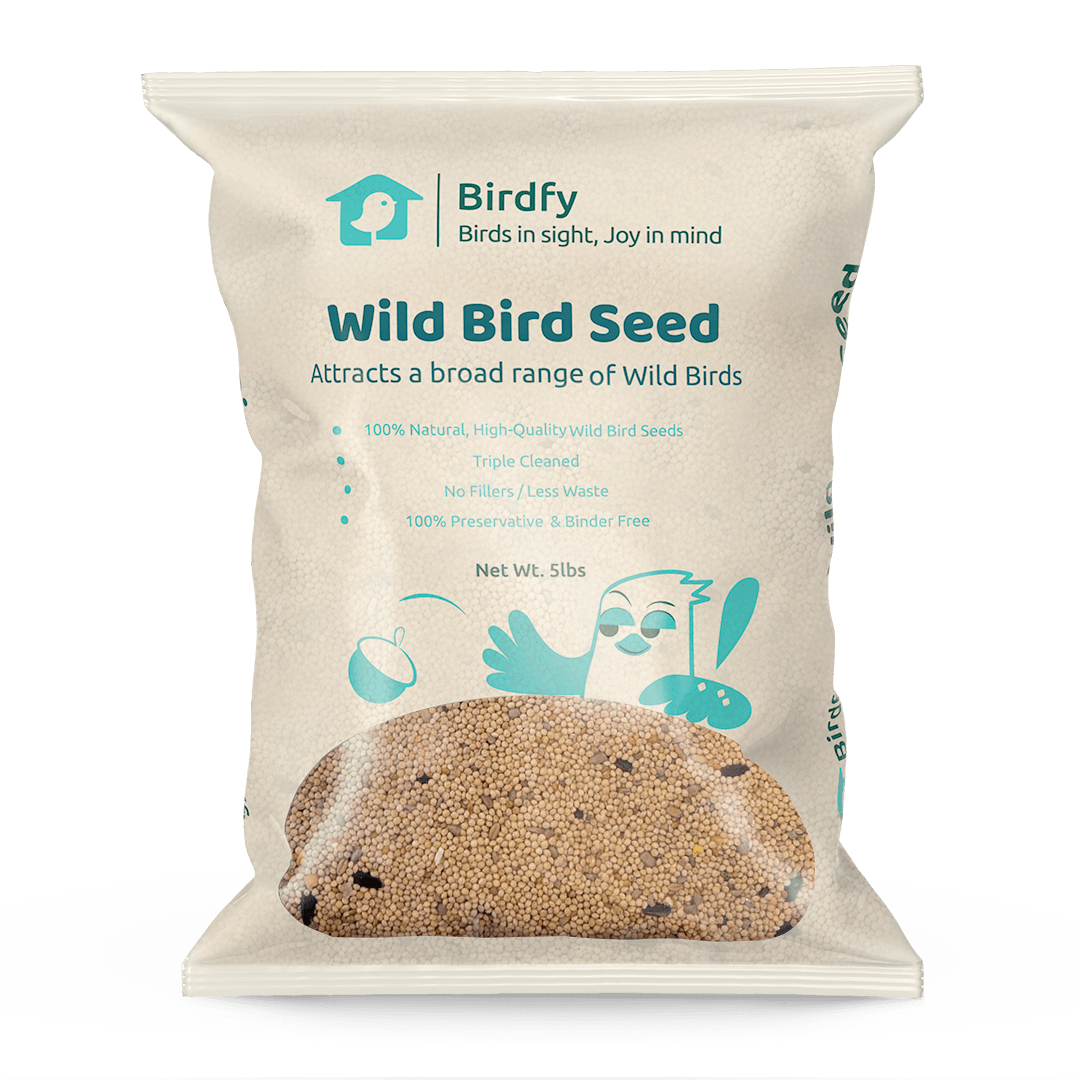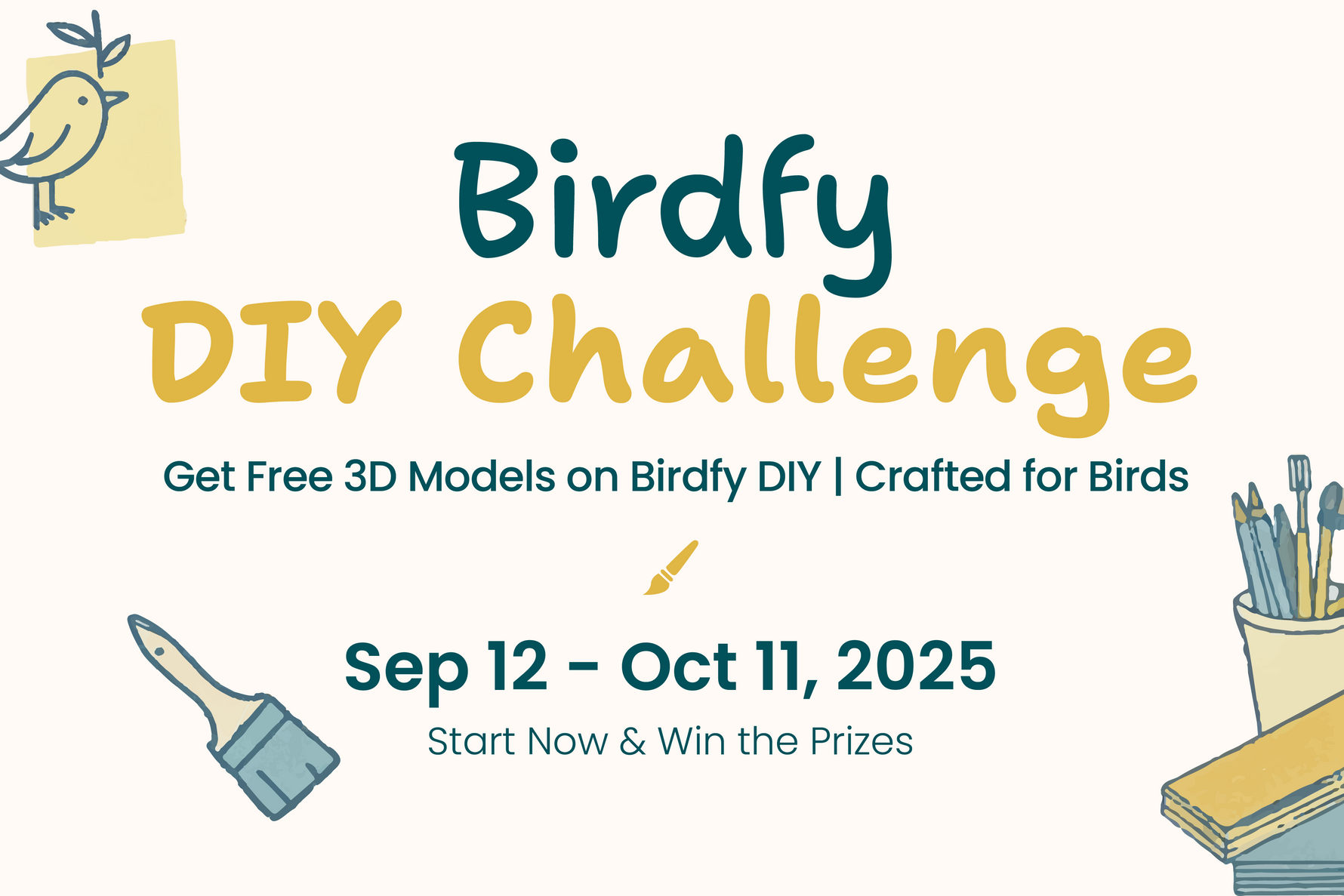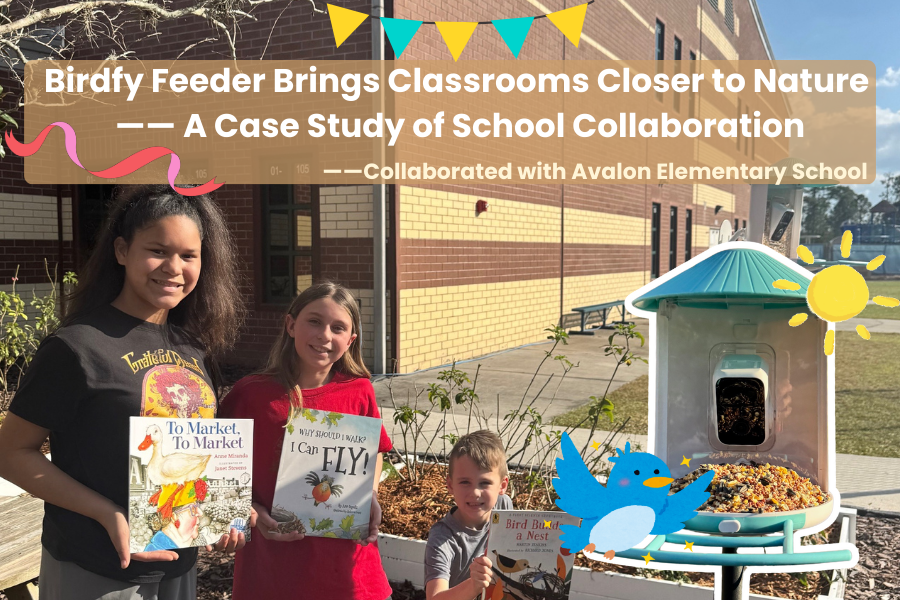Understanding Hummingbird Predators: Threats In The Wild Landscape
Hummingbirds, without any doubt, are some of the most interesting and stunning creatures in the avian world. Due to their glistening hues, rapid movements, and capacity to hover midair, these small birds have significantly pollinated many plants and introduced wonderful colors to their habitats. In more detail, though hummingbirds fly at mind-boggling rates and show startling agility, there are many dangers for these little birds in the natural world. Due to their small size, they become a target for many other birds, insects, reptiles, and mammals.
To defend themselves, hummingbirds always remain on the lookout and have incredible flying capabilities. If one is interested in preserving or protecting these birds, understanding their threats and what can be done to help is vital. While they account for part of this possible danger, sharp instincts are used easily in day-to-day life to ward off hummingbird predators. Here, the article describes animals known to prey on these hummingbirds and presents the greatest threats to these beautiful birds in the wild.
Which Animals Prey On Hummingbirds?
What eats Hummingbirds? In the wild landscape, hummingbirds must always be alert. Their speed and velocity make them an easy target for many animals. Fast, stealthy, and sneaky predators see them or take advantage of hummingbird distractions while feeding. Whether they fly or rest, various predators have chances to deal with those tiny birds.
Hummingbirds can escape based on their speed, agility, and excellent vision. Of course, the fastest bird in flight can't always avoid danger. With larger birds swooping down upon them without warning to insects laying traps in the air, it has many predators with which to contend. Here are the top hummingbird predators that commonly prey on hummingbirds, each posing a unique threat in different habitats.
-
Praying Mantises
The praying mantis is one of the hummingbirds' most unexpected and formidable predators. Beautifully camouflaged and patient, the praying mantis attacks at lightning speed. They often wait for hummingbirds when these birds hover near flowers or feeders. Although insects are normally smaller than hummingbirds, their spiked forelegs are strong enough to latch onto birds quickly. A mantis will, in fact, often wait motionless for hours next to a flower or hummingbird feeder, patiently waiting for a bird to come and investigate.
When a hummingbird comes close enough, the mantis pounces and snatches a bird in its claws, sometimes consuming its prey. Although a mantis would not kill a larger hummingbird outright, once a mantis latches onto a hummingbird's neck or head, the cause of death is probably terminal injury. Some mantises have been known to feed on a hummingbird over several days and thus indicated that the creature's size did not necessarily determine whether it thrived in hunting. From all corners of the world, there are several spots where increased cases of praying mantises are reported after humans put up hummingbird feeders; hence, they can be said to be a big risk factor for hummingbirds.
-
Spiders
Hummingbirds have been known to be predated upon by huge orb-weaver spiders on some occasions. These spiders are reportedly frantic in spinning webs, which may sometimes capture a hummingbird that accidentally crashes into the sticky silk. The strands of these spider species' webs, particularly that of the big golden orb-weavers, are so stiff that they trap a hummingbird and do not let it squirm free.
Once caught in the web, the spider rushes in to immobilize its prey by casting more silk on or pointing some of its sharp teeth at the caught bird. Though generally, spiders prey on insects, the hummingbird could be an incidental food item if caught in their web. In this very rare situation, the spider would eat a hummingbird almost like it does an insect. The spider injects venom to paralyze the bird and consumes it slowly. This predatory way is most evident in areas where larger spiders thrive. These include tropical forests. Stationary hummingbirds, or those entering a new location, are vulnerable if careless of the webs.
-
Dragonfly
Whereas dragonflies primarily orient themselves on smaller insects, there were observations that they feed on hummingbirds. The larger dragonflies, including the darners, are fast and great fliers and can catch birds in midair. Dragonflies fly in impressive aerial maneuvers to outmaneuver the smaller hummingbirds, especially the younger or debilitated ones. At times, dragonflies may mistake the swift movement of hummingbirds for other insects that they normally prey on.
These predatory insects patrol areas near water where hummingbirds would often go to drink or feed on nearby flowers. It hardly ever happens to see attacks made by a dragonfly on the hummingbird. They usually kill smaller birds and large insects with their pearly sharp mandibles. They may not kill a hummingbird entirely, but the bird can be injured or exhausted from such an encounter. Such predation is most likely to occur near ponds, lakes, or wetlands where both species cohabitate.
-
Snakes
Snakes are some of the common predators that birds face and may pose much danger to hummingbirds because of their stealth and climbing ability. Some tree-nesting snakes, such as rat snakes, prey on hummingbirds by attacking their nests. These snakes are agile in climbing up trees and can silently approach nests to feed on hummingbird eggs or chicks. However, adult hummingbirds can also become prey for snakes when these birds are unaware of this predator's existence.
Snakes will lie in wait near flowers or feeding tables and strike when a hummingbird comes too close. Perhaps because of their agility and ability to be nearly invisible in their environment, snakes are among the most formidable predators that hummingbirds encounter. Birds nesting in trees, shrubs, or other vegetation have especially high risks. The techniques used by snakes in ambush allow them to catch hummingbirds by surprise since they hardly see the attack at all, as the bird is taken by surprise.
-
Frogs
Frogs can hardly be associated with birds, yet some large species of frogs, like bullfrogs, have been known to feed on hummingbirds. Some frogs congregating around hummingbird feeders or water features may exploit a hovering bird that gets too close to the water's surface. Frogs may be able to launch themselves upward at a hummingbird with their long legs to catch it in midair, but that type of predation is exceptional.
Scientists have, however, recorded the incident in locations where the two species co-occur. Frogs are insectivores; they eat whatever they can get their mouths on, but if hummingbirds aren't too careful, they may become frog prey, especially juveniles. A captured hummingbird will be gripped tightly by its jaws into the throats of the frog and swallowed whole because the frog's jaws are extremely strong. This opportunistic predation occurs in ponds, lakes, or other water sources, as hummingbirds have to go to these locations for drinking and bathing. Frogs will remain hidden and attack with deadly precision. So, do not underestimate these tiny amphibians as harmless.
-
Lizards
Large lizard types, such as anoles and iguanas, may harass hummingbirds. Because these are opportunistic predators, they prefer to hide near flowers or feeders, waiting for a bird to move close enough to snatch. The lizard waits in ambush near their nectar sources. The predation risk is high in tropical and subtropical regions, where lizards often share habitats with hummingbirds.
Lizards are a prime threat to nesting hummingbirds because they can easily climb up into trees or shrubs to raid nests for eggs or chicks. Adult hummingbirds can also fall prey to lizards when caught unawares. Although lizards do not prey on hummingbirds per se, like raptors, their opportunistic feeding habits provide a constant threat, especially in areas with a large population of the species.
-
Hawks
The hawks are one of the most effective raptors. Although they generally prey on larger birds and mammals, hawks can swoop up hummingbirds when they are in flight. For their armory, Hawks have the best possible eyesight, speed, and strong nails to grab their prey, and they can outfly even the fastest hummingbirds.
However, for any hawk, it would be unsafe to say that they seek hummingbirds as a food source, but it can catch them up when migrating or in open areas where the small birds do not have an abundance of hiding places. Hawks can spot hummingbirds at distant distances and dive at fantastic speeds to catch them. In open areas, hummingbirds must be aware of where they are going in places where hawks are prevalent. For a hummingbird, a strike from a hawk can be fatal, so hawks make one of the deadliest predators.
-
Crows
Crows are the most intelligent, opportunistic predators of hummingbirds and rivals like the ravens. They have been observed robbing nests of eggs or young chicks but also opportunistically kill adult hummingbirds if they get the chance. Crows are aggressive and will chase out smaller birds from their territory and attack them if they meet up with them.
While hummingbirds flit about rapidly and nimbly, a crow can always catch up to a determined bird if the larger avian is guarding its territory. Furthermore, crows scavenge dead hummingbirds or injured birds that could not fly. Generally, their adaptability and intelligence make them a strong predator in urban and rural settings, as they frequent much of the same geographic area as hummingbirds. The best defense against crows is to keep hummingbirds out of places with too many crows.
-
Owls
Owls are nocturnal predators that can be very dangerous to a hummingbird's lifestyle, especially if it has the habit of roosting or nesting in owl-haunted territory. Hummingbirds are diurnal creatures but are still vulnerable at night when resting, especially if roosting is open or exposed.
For example, an owl is silent while flying and has acute night vision, making it an easy catch for a sleeping, resting hummingbird that is not even alerted to its presence. Much larger owl species, such as great horned owls, might prey on hummingbirds, at least during the nesting season when the birds can't do much moving around and are, therefore, relatively vulnerable. Owls typically feed on rodents and other small animals but will not say no to an easy meal when a hummingbird swims into their vision.
-
Squirrels
While primarily herbivorous, squirrels are always opportunistic creatures dangerous to hummingbirds. They are often known for invading the bird's nest in a tree or bush to steal the eggs or chicks. Squirrels are always out for the most energetic diets; so though they primarily like seeds, nuts, and fruits, they eat bird eggs and baby hummingbirds without hesitation if they find them. The mother hummingbird will try to defend her nest from the squirrel, but since the rodent is large and has enough tenacity, it can overpower the small bird.
They may raid hummingbird feeders, breaking their feeding patterns and sending the birds away from their meal source. In the case of squirrels and hummingbirds living in urban and suburban settings and getting to be relatively close, there is a heightened risk of predation. Squirrels can easily jump from one branch to another and climb into trees, making it impossible for hummingbirds to avoid them, especially at the nest. Homeowners can protect the nest of hummers by erecting barriers or placing them in locations where such rodents will have difficulty accessing them.
Conclusion
Hummingbirds are highly agile and swift but always have to be on the lookout for the many predators that abound in their natural habitats. From insects and mammals to reptiles, so many find hummingbirds a meal, threats can only be understood when conserving the species and this vulnerable ecosystem. These predators represent the different forms in which threats challenge hummingbirds in natural living. With such awareness of the threats they face, conservationists and bird watchers will be able to design safer habitats for these minute yet well-meaning creatures.
Share





